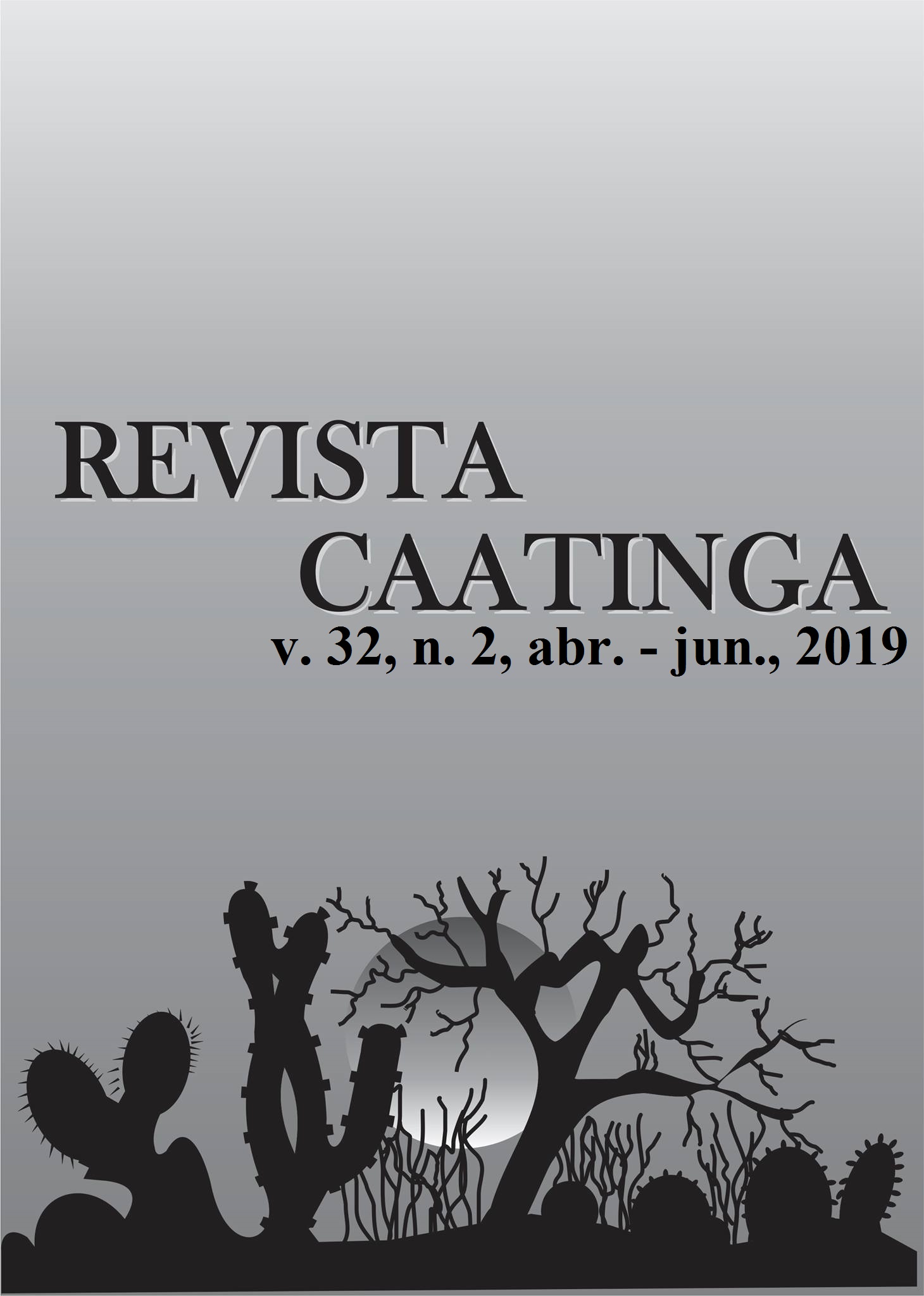EFFECTS OF DIFFERENT WATER CONDITIONS ON RICE GROWTH AT THE SEEDLING STAGE
DOI:
https://doi.org/10.1590/1983-21252019v32n217rcKeywords:
Aerobic condition. Enzyme activity. Photosynthetic capacity.Abstract
Water scarcity has led to the adoption of water-saving irrigation technology around the world. Drip-irrigation has been used for rice (Oryza sativa L.) cultivation in Xinjiang, China. Researchers reported 12.0 t/ha yield; however, drip-irrigated rice produces around 6–8 t/ha in practice, and it is clear that water deficiency explains this gap. Therefore, the objective of this experiment was to compare the growth, photosynthetic characteristics, and antioxidant activity of rice grown in nutrient solutions with water potentials of 0.00, -0.02, -0.05, and -0.09 MPa [0, 2.5, 5.0, and 7.5% polyethylene glycol (PEG), respectively], to determine the optimal water conditions for drip-irrigated rice. There was no significant difference between the 0, 2.5, and 5.0% PEG treatments for relative growth rate and relative water content after 10 and 20 days. However, 2.5 and 5.0% PEG treatments substantially affected the photosynthetic capacity and antioxidant enzyme activity after 10 and 20 days. Treatment with 7.5% PEG inhibited shoot growth. There was a significant reduction in antioxidant enzyme activity. Water-saving rice cultivation, such as drip-irrigated rice, suffered mild drought stress at -0.02 to -0.05 Mpa, but this did not inhibit growth. The amount of irrigation should be increased to obtain higher rice yields under drip-irrigation conditions.
Downloads
Downloads
Published
Issue
Section
License
Os Autores que publicam na Revista Caatinga concordam com os seguintes termos:
a) Os Autores mantêm os direitos autorais e concedem à revista o direito de primeira publicação, com o trabalho simultaneamente licenciado sob a Licença Creative Commons do tipo atribuição CC-BY, para todo o conteúdo do periódico, exceto onde estiver identificado, que permite o compartilhamento do trabalho com reconhecimento da autoria e publicação inicial nesta revista, sem fins comerciais.
b) Os Autores têm autorização para distribuição não-exclusiva da versão do trabalho publicada nesta revista (ex.: publicar em repositório institucional ou como capítulo de livro), com reconhecimento de autoria e publicação inicial nesta revista.
c) Os Autores têm permissão e são estimulados a publicar e distribuir seu trabalho online (ex.: em repositórios institucionais ou na sua página pessoal) a qualquer ponto antes ou durante o processo editorial, já que isso pode gerar alterações produtivas, bem como aumentar o impacto e a citação do trabalho publicado (Veja O Efeito do Acesso Livre).







